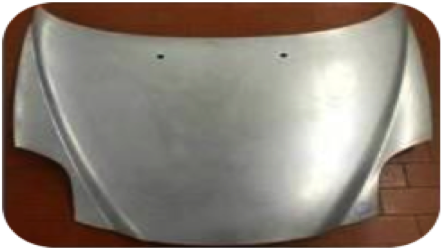
IMAST members involved:
Partners:
In this project, new adhesive systems have been developed to improve the bonding processes and product performances.
In the Aeronautical sector an innovative thermosetting adhesive and an out of autoclave bonding process have been developed in order to join stringers to the skin. Numerical rebuilding of adhesion tests has been studied to improve the capabilities to simulate repaired aerospace components and bonding process.
In the Automotive sector an assembling process has been developed to join the structure and the skin of a hood. The hood was assembled by using traditional mono-component epoxy adhesive and the new adhesive modified by nano-particles. The prototypes was tested by torsional stiffness analysis according to the automotive standard. The bonded hood exhibits a 30% improvement of torsional stiffness and a 20% weight reduction with respect to welded hood.
In the Naval sector a swimming pool and a fire door were bonded to the structural parts of the ship by new structural and fire resistant adhesives. The developed fire door exhibits a reduction of 75% of the process time, 20% of the costs and 40% of the stress in the component with respect to mechanical joints. Moreover, developed door meets fire resistant regulation.
The swimming pool, exhibits a 70% process time and 14% costs reduction.
In the Railway sector a structural bonded joint between floor and lateral panels of a train was realized by using a methacrylic adhesive in order to substitute a mechanical joints. The structural bonded joint exhibits a reduction of 38% of the process time and 12% of costs.
Result indicators
• 218 researchers involved (16% women and 5% new task work contracts) with an average of about 44 per year
• 5 scientific papers
• 1 patent pendin